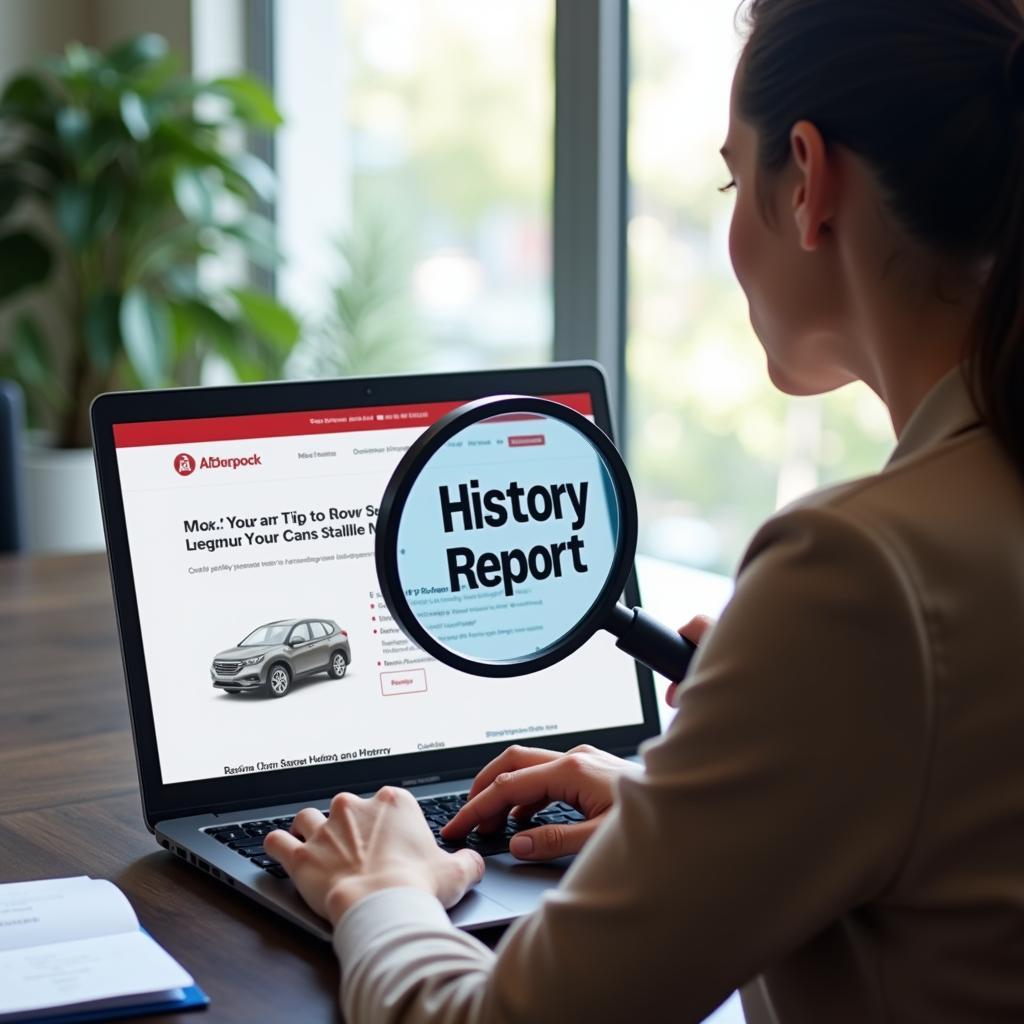When buying a used car, knowledge is power. You want to ensure you’re getting accurate information about the vehicle’s history, condition, and specifications. That’s where knowing how to check car details becomes crucial. This guide will provide you with all the information you need to make informed decisions when purchasing your next used car.
Why is Checking Car Details Important?
Checking car details goes beyond simply knowing the mileage and colour. It provides valuable insights into the car’s past, helping you uncover potential red flags and avoid costly mistakes.
Here are a few key reasons why checking car details is essential:
- Verifying Vehicle History: Uncover hidden problems like accident damage, mileage discrepancies, outstanding finance, or if the car has been stolen or written off.
- Making Informed Decisions: Access to detailed car specs helps you compare different models and make a choice that aligns with your needs and budget.
- Negotiating a Fair Price: Having a complete understanding of the car’s history and condition puts you in a stronger position to negotiate a fair price with the seller.
 Checking car history online
Checking car history online
How to Check My Car Details: Step-by-Step Guide
Here’s a comprehensive guide on checking car details, empowering you to make informed decisions:
1. Gather the Vehicle Identification Number (VIN):
The VIN is a unique 17-character code that acts as the car’s fingerprint. You can usually find it on the dashboard, driver’s side door jamb, or the vehicle’s V5C logbook.
2. Utilize Online Vehicle History Reports:
Several reputable websites offer comprehensive car history reports for a small fee. These reports provide detailed information based on the VIN, including:
- Accident History: Records of reported accidents, including severity and damage details.
- Mileage Verification: Checks for mileage discrepancies that could indicate clocking.
- Outstanding Finance: Confirms if there’s any outstanding finance on the car that you might be liable for.
- Stolen Vehicle Check: Ensures the car hasn’t been reported stolen.
- Write-Off Status: Reveals if the car has been previously written off by an insurance company.
3. Check the MOT History:
In the UK, the MOT (Ministry of Transport) test is an annual requirement for vehicles over three years old.
- Access MOT History Online: The UK government website provides free access to a car’s MOT history using its registration number.
- Review Past Test Results: Look for patterns of failures or advisories that might indicate recurring issues.
4. Conduct a Physical Inspection:
While online reports offer valuable insights, nothing beats a thorough physical inspection:
- Exterior Examination: Look for signs of previous repairs, mismatched paintwork, rust, or panel gaps that might indicate accident damage.
- Interior Check: Inspect the condition of the seats, carpets, dashboard, and controls for excessive wear and tear.
- Under the Bonnet: Check fluid levels (oil, coolant, brake fluid), look for leaks or corrosion, and examine belts and hoses for signs of damage.
5. Consider a Professional Inspection:
For ultimate peace of mind, consider a professional inspection from a qualified mechanic. They can identify potential issues that might not be obvious to the untrained eye.
what is interior detailing car
Where to Find Reliable Car Detail Checks
Several reputable platforms provide vehicle history checks:
- Autotrader: Offers vehicle history checks in partnership with Experian.
- RAC: Provides comprehensive vehicle checks, including history and valuation.
- The AA: Offers a range of car checks, including history and inspection services.
Understanding Common Car Detail Terms
Navigating car details can feel overwhelming with technical jargon. Here are a few common terms to help you understand the information:
- V5C Logbook: The official document that identifies the registered keeper of a vehicle.
- HPI Check: A comprehensive vehicle history check from HPI, a leading provider of vehicle data.
- Category D Write-Off: A vehicle that has been damaged, but the cost of repairs exceeds its market value. It’s been repaired and deemed roadworthy.
“When buying a used car, always remember: Trust but verify. A comprehensive check can save you from costly headaches down the road.” – John Smith, Senior Automotive Technician
Conclusion
Knowing how to check car details is an essential part of buying a used vehicle. By following the steps outlined in this guide and utilizing available resources, you can make informed decisions and drive away with confidence, knowing you’ve secured a reliable and fairly priced car. Remember, a small investment in checking car details can save you significant time, money, and potential heartache in the long run.

Leave a Reply